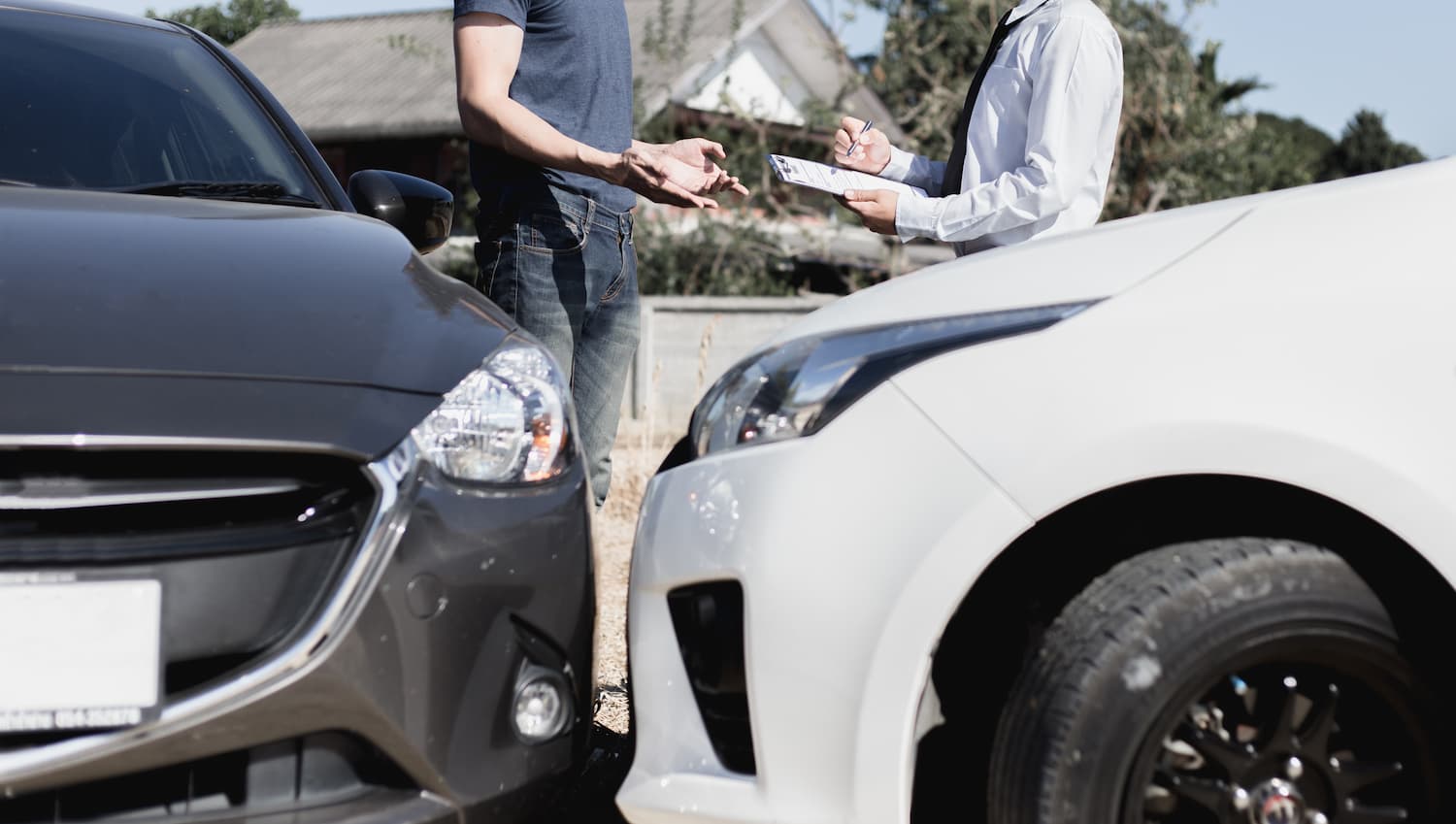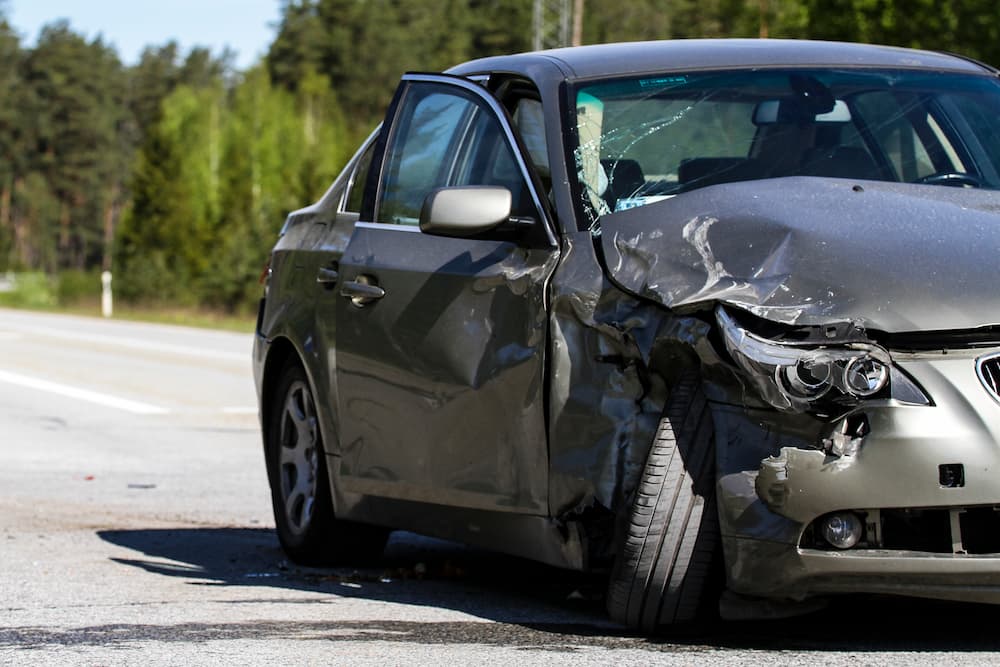- Is car insurance more expensive for new drivers?
- How much is car insurance for a new driver?
- How much is insurance for new drivers over 25?
- How much is car insurance for a 30-year-old new driver?
- How much is car insurance per month for a new driver?
- Why is insurance so expensive for new drivers?
- How to get cheaper car insurance for new drivers
- Factors that affect car insurance for new drivers
- Car insurance for new drivers: Frequently asked questions
Is car insurance more expensive for new drivers?
New drivers pay more for insurance than those with more experience. It’s no secret that teens pay substantially higher car insurance rates than adults because they lack experience behind the wheel.
"Teen drivers are charged higher premiums because they have higher crash rates compared to older drivers and are more likely to be at fault due to their lack of driving experience. Teenagers are also more likely to drive without wearing a seatbelt, speed, and run red lights," says Deputy Commissioner John Ford of the Louisiana Department of Insurance Public Affairs Division.
However, new drivers of any age also face more expensive rates. New drivers include:
- Teens
- Adults getting a driver's license for the first time
- Adults who haven’t had car insurance in a long time
- Immigrants from most countries
- Foreign nationals
Even though drivers in these groups may be older or have been licensed in another country, car insurance companies consider them new drivers and charge them higher rates. There are some exceptions; immigrants from Canada, for example, may be able to carry over their years of experience.
How much is car insurance for a new driver?
Car insurance rates for new drivers depend on many factors. Although car insurance rates tend to decrease with age, new drivers of various ages pay higher premiums than experienced drivers of the same age.
For example, teen drivers, who are new drivers by default, pay an average of $5,985 annually for full coverage. Drivers over age 25 spend an average of $2,216, and 30-year-old new driver car insurance rates average $2,004. However, if you are a new driver at either of these ages, you will see higher rates.
How much is insurance for new drivers over 25?
Most drivers look forward to turning 25 since car insurance rates start to decrease. However, new drivers who are 25 years old may pay higher than average insurance rates.
The table below shows average car insurance rates for 25-year-old drivers. USAA and Nationwide offer cheap insurance for drivers over 25. However, USAA car insurance is only available to military members and their families.
These rates reflect a 25-year-old driver licensed since 16. Expect your rates to be higher as a new driver, but not as high as those for a 16-year-old.
| Company | Average annual premium | Average monthly premium |
|---|---|---|
| GEICO | $2,034 | $169 |
| State Farm | $2,336 | $195 |
| Allstate | $2,911 | $243 |
| Progressive | $2,369 | $197 |
| Farmers | $2,646 | $220 |
| Nationwide | $1,831 | $153 |
| Travelers | $1,854 | $155 |
| USAA | $1,749 | $146 |
How much is car insurance for a 30-year-old new driver?
Car insurance for a 30-year-old driver is typically much cheaper than for younger drivers. However, a 30-year-old new driver pays higher rates than a driver with years of experience.
This table shows average car insurance rates from top insurers for 30-year-old drivers. According to our data, USAA and GEICO offer the cheapest car insurance for drivers over 30.
While your rates at age 30 will be much lower than a 16-year-old, as a new driver, you’ll pay a little more than what’s listed here.
| Company | Average annual premium | Average monthly premium |
|---|---|---|
| GEICO | $1,829 | $152 |
| State Farm | $2,055 | $171 |
| Allstate | $2,626 | $219 |
| USAA | $1,503 | $125 |
| Progressive | $2,182 | $182 |
| Farmers | $2,456 | $205 |
| Nationwide | $1,626 | $136 |
| Travelers | $1,752 | $146 |
People ask
If I add a new driver to my car insurance, will it go up?
In most cases, a new driver will result in a rate increase. Adding a teen to a parent's policy increases average rates by around $1,500. However, rates vary since insurers charge different rates for new drivers.
How much is car insurance per month for a new driver?
Although car insurance for new drivers is costly, they can get much lower rates on a parent's policy. When added to a policy, new drivers aren’t the primary drivers and can take advantage of policy discounts they wouldn’t receive on their own.
The table below shows average car insurance rates for teen drivers on their own versus being added to a parent's policy.
| Company | Teen policy premium | Parent policy premium | Parent policy adding teen |
|---|---|---|---|
| State Farm | $5,368 | $1,671 | $3,046 |
| GEICO | $5,049 | $1,264 | $2,548 |
| Allstate | $7,437 | $2,310 | $4,036 |
| USAA | $4,385 | $1,101 | $2,419 |
| Progressive | $7,174 | $1,913 | $3,857 |
| Nationwide | $5,285 | $1,538 | $2,441 |
| Travelers | $4,834 | $1,806 | $3,619 |
| Farmers | $8,348 | $2,939 | $4,872 |
Why is insurance so expensive for new drivers?
New drivers lack experience behind the wheel and are likelier to be in an accident. As a result, insurers charge higher rates to new drivers, who may incur more claims costs.
People ask
How long are you considered a new driver for insurance?
Insurers like to see at least three years of continuous car insurance and driving records before lowering rates. However, each insurer decides how much driving experience is needed to be no longer considered a new driver.
How to get cheaper car insurance for new drivers
Although car insurance is more expensive for new drivers, there are ways to reduce costs and obtain more affordable rates.
First, consider adding a new driver to a family policy. Since the new driver isn’t the primary driver, adding them to the policy is cheaper than getting coverage on their own. Policy discounts also help bring down new driver rates.
Next, consider carefully before purchasing a vehicle. Luxury or sports cars have higher insurance rates regardless of driver, but rates increase significantly for new drivers. To lower rates, consider more modestly priced vehicles with excellent safety features.
Also, ask for car insurance discounts. Most insurers allow you to bundle savings, such as multi-policy, good student, and vehicle safety feature discounts, to get the lowest rates.
"Many insurers offer discounts for teen drivers who make good grades, so policyholders should check with their company or agent to see if their teen driver qualifies for this or other discounts," Ford says.
Then, take a look at your car insurance policy. Consider raising deductibles or adjusting coverage to get lower rates.
Finally, shop around for new driver coverage. Insurers create their own formula for calculating rates, so compare quotes from multiple companies to see which offers the best deal.
Factors that affect car insurance for new drivers
Many factors affect car insurance rates, regardless of how long you’ve had your driver’s license.
While the time you’ve had a license affects rates, it’s not the only thing.
Factors affecting car insurance rates include:
- Age
- Driving record
- Location
- Vehicle
- Gender
- Marital status
- Credit score
People ask
How long do you have to add a new driver to your insurance policy?
You should add a new driver to your policy as soon as possible. While your insurance company will generally cover a new driver in your household automatically, it may deny coverage for a claimAn insurance claim is a request you make to your insurance company for coverage after your car is damaged or you have an accident. You can file a claim online, by phone, or in writing. if you fail to notify them in a timely manner.
Car insurance for new drivers: Frequently asked questions
When do you add a new driver to your insurance?
Add any newly licensed driver in your household to your insurance policy as soon as they are licensed. Even if the driver only has a permit, it’s best to add them to your coverage.
What type of car insurance is best for new drivers?
The best car insurance for new drivers depends on their financial situation. While minimum coverage is all that is legally necessary, it does not cover your vehicle damage or medical costs. Full coverage is more expensive but includes collision and comprehensive coverageComprehensive coverage helps pay for damage to your car caused by events other than a collision, such as theft, fire, vandalism, or natural disasters. It is subject to a deductible..





